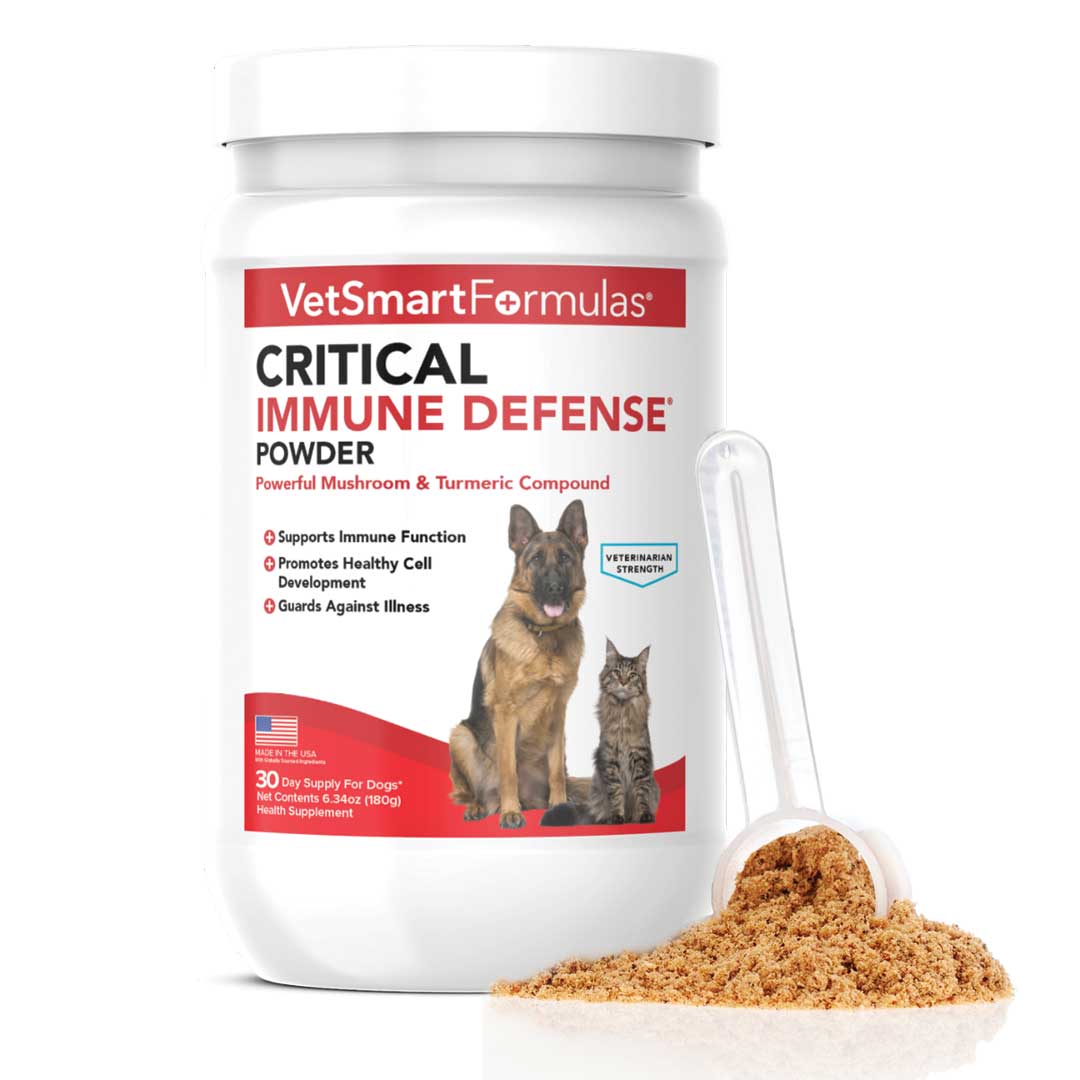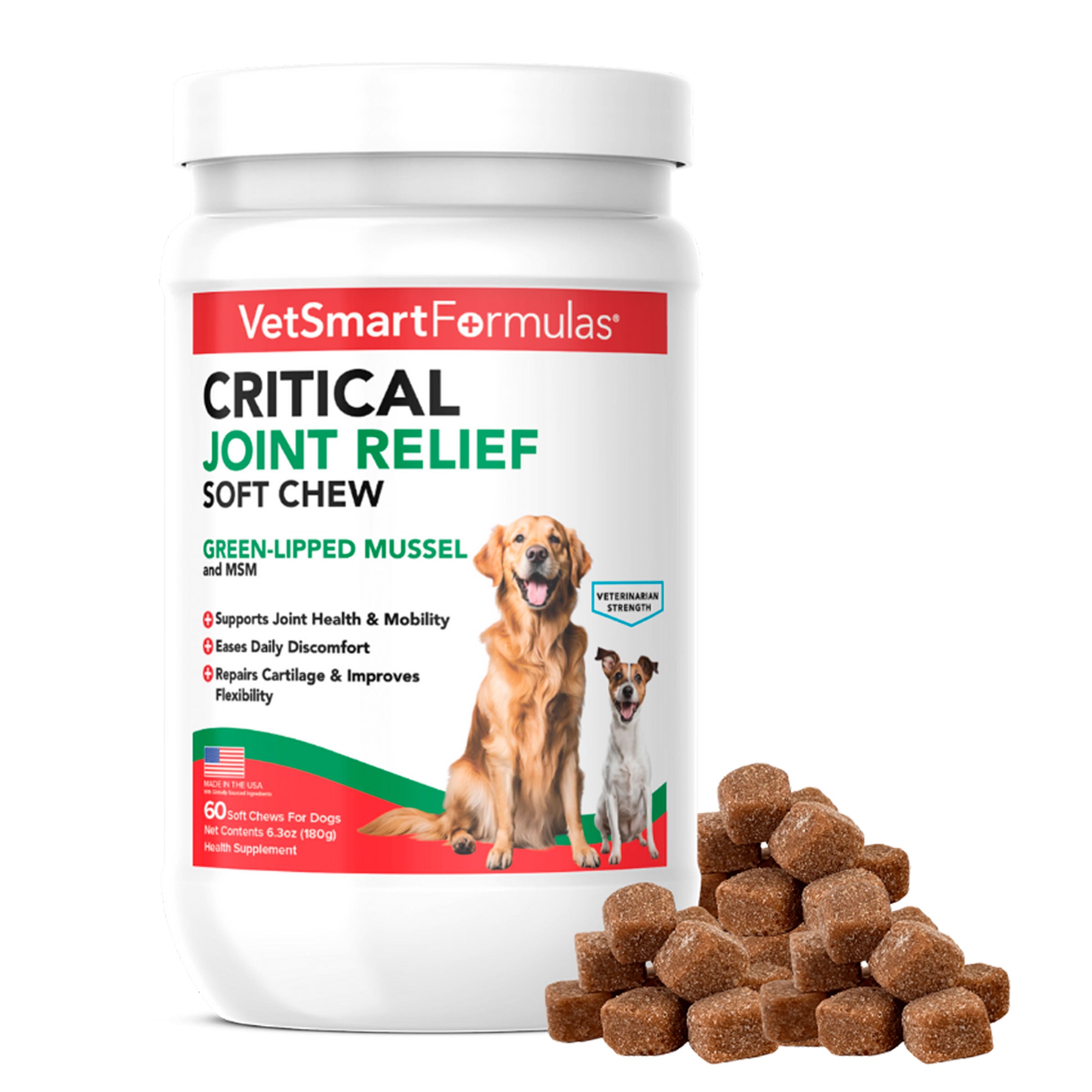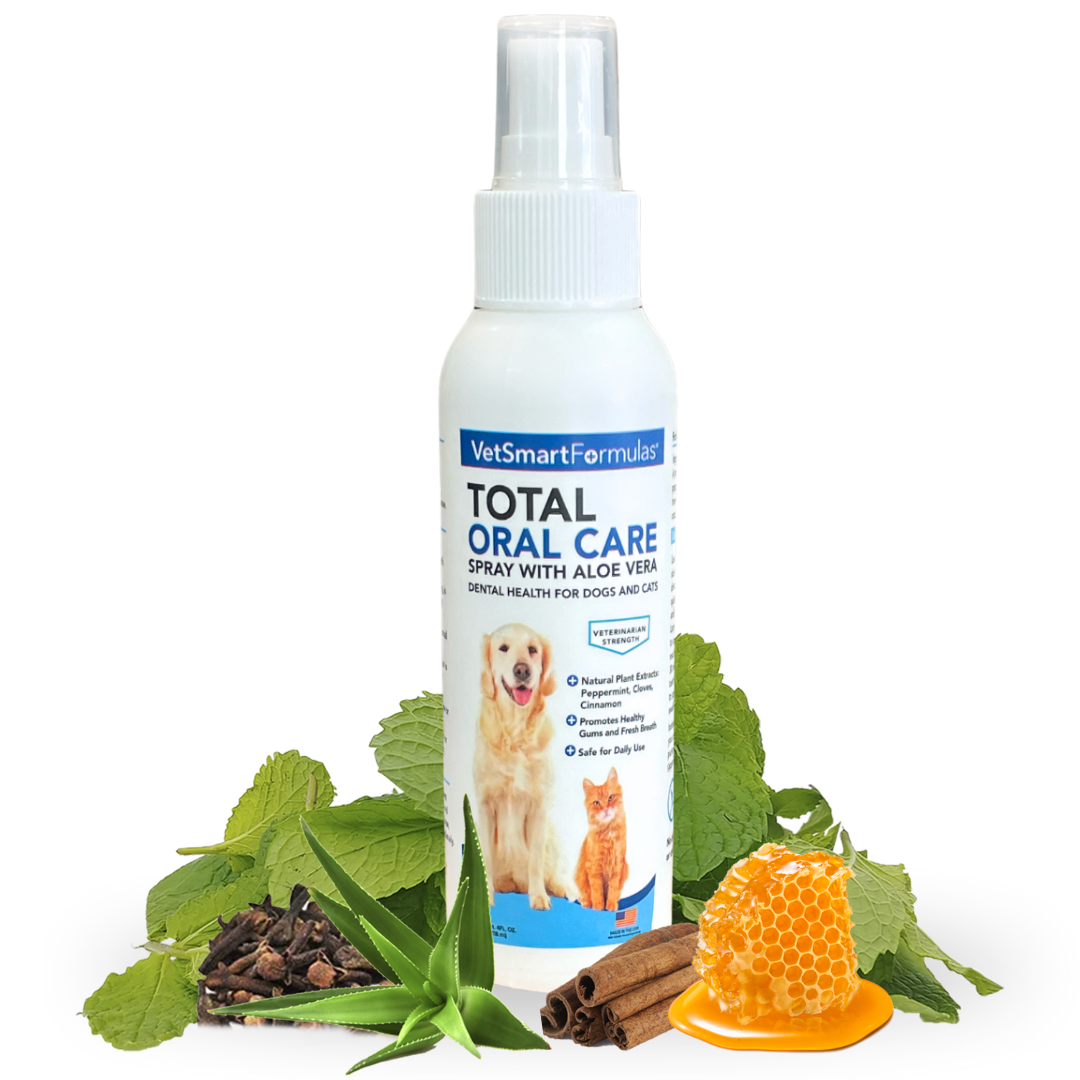As dog owners, we constantly strive to keep our furry companions safe and healthy. However, one often-overlooked hazard lurking in parks, fields, and even your backyard is foxtail grass. This seemingly harmless plant can pose severe risks to your dog's health, making awareness and prevention crucial.
What Is Foxtail Grass?
Foxtail grass, also known as foxtail weed, is a common plant that thrives in many regions, particularly during the warmer months. It’s characterized by its bushy, spiked seed heads that resemble a fox’s tail—hence the name. While it may seem innocuous, foxtail grass can be extremely dangerous to dogs.
How Foxtail Grass Affects Dogs
The danger of foxtail grass lies in its seeds, which are barbed and can easily detach from the plant. These seeds can embed themselves into a dog’s skin, paws, ears, nose, and even internal organs. Due to their shape, foxtail seeds move in one direction—deeper into the body—causing pain, infection, and serious health risks.
Symptoms of Foxtail in Dogs
It’s essential to recognize the symptoms of foxtail grass injuries in dogs to act quickly. Some common signs include:
- Persistent licking or biting: Dogs may lick or bite at an area where a foxtail seed has become lodged, especially in their paws.
- Redness and swelling: These symptoms might occur where the seed has penetrated the skin.
- Excessive sneezing or head shaking: If a foxtail seed has entered the nose or ears, your dog may sneeze or shake their head repeatedly.
- Discharge or abscesses: Foxtail seeds can cause infections, leading to discharge or abscess formation.
If you notice any of these symptoms, it’s crucial to seek veterinary advice immediately. Early detection can prevent more severe health issues.
Foxtail Removal in Dogs
If you suspect that your dog has a foxtail seed embedded in their skin, prompt removal is necessary. While superficial seeds might be visible and removable with tweezers, deeper or more dangerous locations—such as the ears, nose, or eyes—require veterinary intervention. Attempting to remove a deeply embedded foxtail on your own can lead to further injury or complications.
Preventing Foxtail Injuries in Dogs
The best way to protect your dog from the dangers of foxtail grass is to avoid exposure altogether. Here are some tips:
- Identify foxtail grass in your yard: Regularly inspect your lawn and remove any foxtail weeds before they can produce seed heads.
- Avoid high-risk areas: Stay away from fields or trails where foxtail grass is prevalent, especially during late spring and summer.
- Protective gear: Consider using dog booties or body suits during walks in areas where foxtail grass is common.
Dog-Friendly Alternatives to Foxtail Grass
Maintaining a dog-safe environment means considering alternatives to foxtail grass. Opt for dog-friendly plants that are safe for your furry friend. Ground covers such as clover or artificial grass can be excellent substitutes, offering a safe space for your dog to play without the risk of foxtail injuries.
Conclusion
Foxtail grass and foxtail weed are more than just a nuisance; they are a serious threat to your dog's health. By staying informed and taking preventive measures, you can significantly reduce the risk of foxtail injuries in your dog. Remember, your vigilance is the first line of defense in keeping your dog safe. Along with safety, make sure to keep your furry friend healthy with VetSmart Formulas supplements!
If you suspect your dog has come into contact with foxtail grass, don’t hesitate to consult your veterinarian. Early intervention can make all the difference in preventing severe health issues and ensuring your dog remains a happy, healthy companion.











